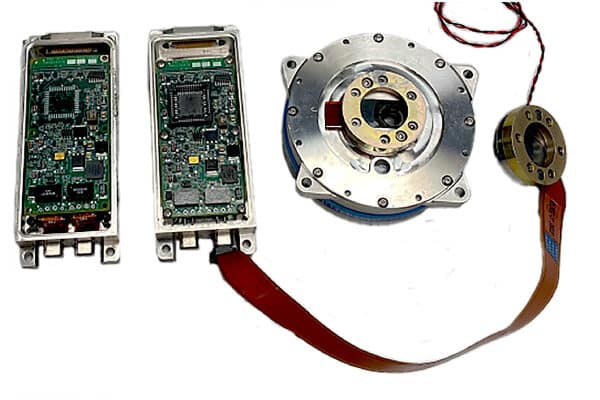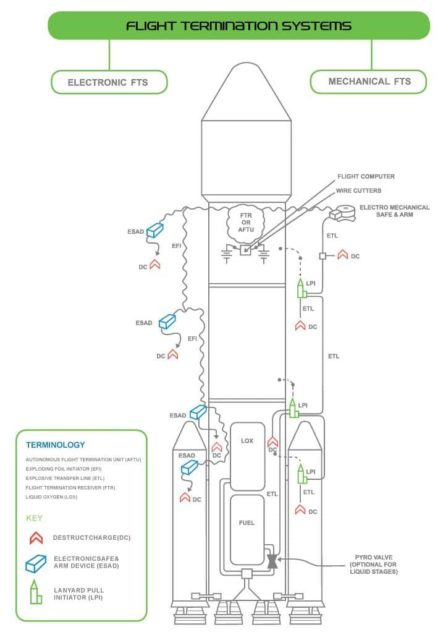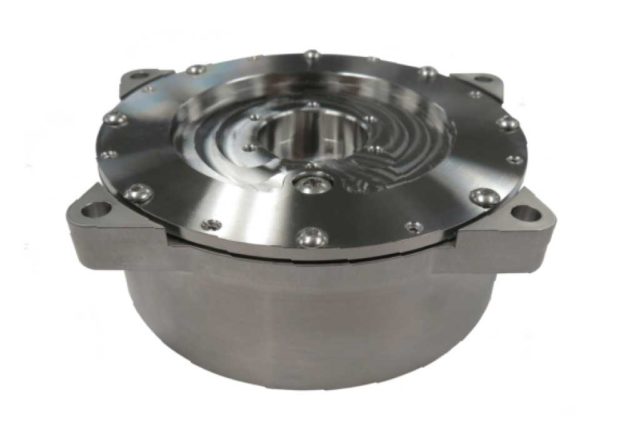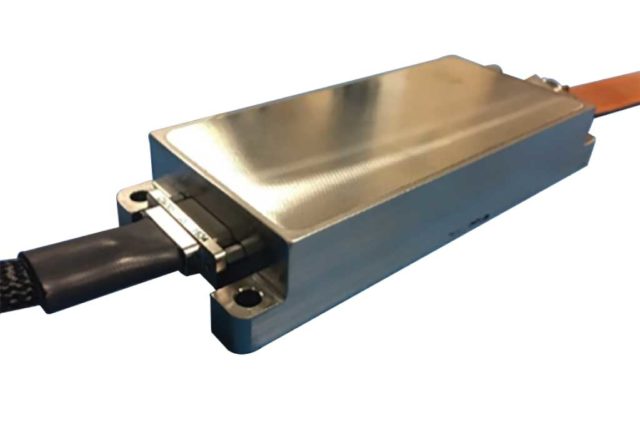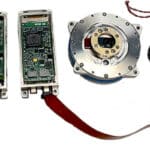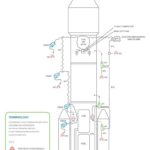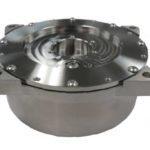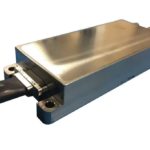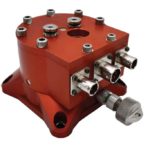Flight Termination System
Product Description
Whether on a missile, a rocket launching satellites or an unmanned Aircraft Vehicle (UAV) flight termination system, all our FTS products are configured, tested and qualified to the requirements of your range and program. They are designed to effectively protect a system and will prevent inadvertent initiation of a Flight Destruct/Termination System (FTS) or rocket motor ignition. They will work only on command and when commanded. Our excellent working relationships with ranges across the United States enables us to tailor safety requirements governed by Range Safety at these facilities.
Key Features
- 5 redundant Ordnance events
- Interfaces with Mission Computer via High Speed serial Bus
- Built in Test
- Includes status of electronics and quality of fiber optic connection to laser initiators
- Rugged Fiberoptic cables
- Fiber Optic Optical Block for MIL-STD-1901A Compliance
- Sequencer Assembly Qualified System to MIL-STD-1901A
- Flight Termination Assembly Qualified to RCC319
- Automated Flight Termination System
- Skin Severance
- Motor venting
- Complete systems available
- Including ESAD, LEEFI, Transfer lines and destruct charges
- Autonomous capability available
- Qualified linear & bulk charges available
Why Flight Termination System?
Every day missions are at stake, lives must be protected and personnel must come home. Range Commander Council RCC-319 provides for the safety of people and missions during launch and flight operations. In the event of an errant flight, a Flight Termination System (FTS) renders each power stage and/or propulsion system non-propulsive. We walk every customer through RCC-319 requirements they need to satisfy, ensuring mission assurance. To learn more about the importance of flight termination systems, view this National Academies Press article on flight safety requirements or for a deeper dive, the regulations concerning flight termination systems can be found in this electronic code of Federal Regulations.
Concept of Operation
From concept development through qualification, we partner with you to provide an FTS solution that best fits your needs. Teaming with you while presenting your system solution to Range Safety, we ensure flight certification. We leverage our flight heritage offering a low risk, best value solution; an FTS which is safe, qualified and functions on command, when commanded. From off the shelf to custom designed solutions, your success is our mission. Not only will our experience and expertise be available, our products have been designed to meet the strictest of technical requirements and been proven to work in the harshest of environments. Tap into our wealth of knowledge and expertise to ensure the safety protocols of your mission are met.
Applications
PacSci EMC and Space Information Laboratories (SIL) announced a collaboration agreement to offer a complete Autonomous Flight Safety System (AFSS) for a variety of applications. This collaboration brings together PacSci EMC’s 50+ years of heritage experience providing flight termination safe and arm and ordnance destruct charges and SIL’s state-of-the-art Vehicle Based Independent Tracking System (VBITS) and 2i-ion Batteries to provide a complete AFSS package.
How We Use SIL’s AFSS
Our combined AFSS offering provides a cost effective and comprehensive solution. PacSci EMC and SIL are experienced in all phases of Flight Termination System (FTS) implementation including:
► Custom Design Solutions
► Range Safety Tailoring
► Qualification
► Vehicle Integration Support
The AFSS is a mission critical solution for
► Launch Vehicles
► Hypersonic Vehicles
► Re-entry Vehicles
► Tactical & Strategic Missiles
► Target Missiles
PacSci EMC is proud of our long heritage of high reliability flight safety systems. Through our collaboration with SIL, we are excited to offer cutting edge autonomous flight safety systems for the benefit of our customers and the public.

Specifications
- Open, modular, stackable and reconfigurable (OSMR) design
- Plug-and-play
- Simplifies instrumentation operation and maintenance design
- Simplifies instrumentation operation and maintenance design
- Fault-tolerant processor and electronic
- Easily scalable
AFSS Advantages
► Cost reduction due to decreased need for ground-based assets
► Global coverage (vehicle does of have to be launched from a range)
► Increased launch responsiveness
► Boundary limits increased due to improved response time (as compared to man-in-the-loop systems)
► Can support multiple vehicles simultaneously (such as fly-back boosters)
Autonomous decision making is critical to supporting future launch cadence and is mandated by the United States Air Force for all space launch missions from the eastern and western ranges by 2023.
FAQ's
-
What is an autonomous flight termination system?
Essentially, if a missile or space launch vehicle flies on a range in the United States, it must have a Flight or Thrust Termination System (FTS). This is to protect range and flight personnel along with surrounding area populations. Range Commanders Council (RCC) 319 governs the requirements for flight or thrust termination systems. This extensive requirements document provides specific detail for all components in a flight or thrust termination system.
-
How does flight termination system work?
The Destruct Charge or Linear Shaped Charge makes up the final portion of the flight or thrust termination system. These two different methods have the same result of putting the missile or space launch vehicle into a self-destructive phase of flight by making the vehicle unstable. The destruct charge is the simpler of the two designs. It allows for more modular placement and ease of use with less supportive components than a linear shaped charge system. In many ways, the linear shaped charge system is more robust than the destruct charge system even though it requires manifolds, brackets, and other supportive components to translate the safe & arm input into a termination.
-
What is the reliability of flight termination system?
Reliability > 0.999 @ 95% confidence
-
What systems use flight or thrust termination?
Missiles and space launch vehicles utilize flight or thrust termination systems for flight on military test ranges in the United States. Each vehicle has unique characteristics that further define the type of requirements they must meet.
-
What makes up a flight or thrust termination system?
Each flight or thrust termination system has its own unique traits, but they all require three main components: a receiver, Safe & Arm Device , and termination system. The receiver gets the signal from range safety personnel to enable the flight or thrust termination to start. The safe & arm device, in turn, gets the signal to arm, if not already armed in the case of most missile applications, and then to fire and start the termination sequence. The safe & arm starts what is called a detonation that will transition to typically linear shaped charge or a destruct charge. Once the linear shaped charge or destruct charge perform their function, the missile or space launch vehicle succumbs to the aerodynamic forces and breaks apart.
-
What systems use flight or thrust termination?
Missiles and space launch vehicles utilize flight or thrust termination systems for flight on military test ranges in the United States. Each vehicle has unique characteristics that further define the type of requirements they must meet.
-
What ranges does PSEMC work with?
We work with all of them.
-
Does PSEMC work with Foreign Ranges?
We do not.
-
Does your flight termination system require ITAR approval?
Some parts do and others don't.
-
Do you have flight qualified examples of linear and bulk charges?
Yes, both versions have flight heritage.
